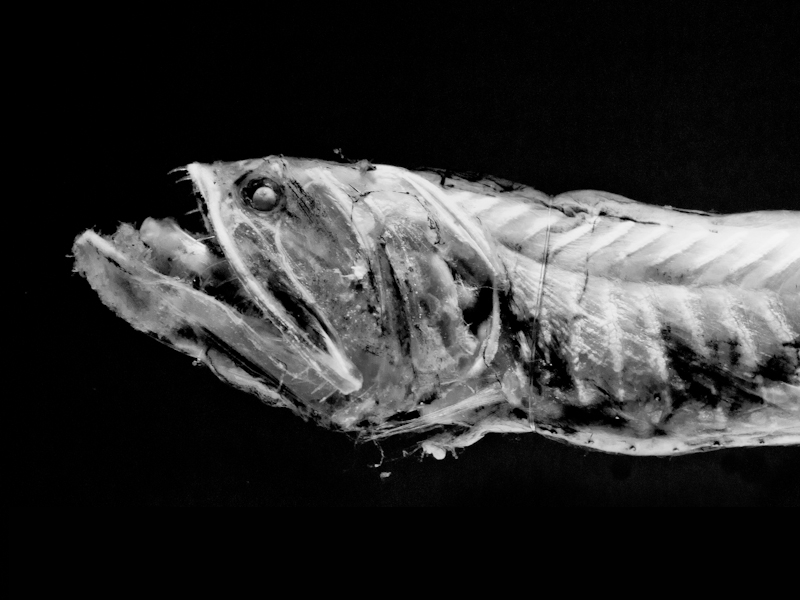Noah Strycker, the author of “The Thing With Feathers,” a book about birds, recently told an interviewer that the domestic chicken “has more numbers” than any other vertebrate.
He put the planetary figure at 24 billion - or 3.5 chickens for every person.
While that’s a big number, it’s nowhere close to the record. In terms of total population, the winner is a bristlemouth — a fish that lives in the middle depths of the world’s oceans.
Biologists put the global figure for bristlemouths at hundreds of trillions — perhaps quadrillions or thousands of trillions.
“They’re everywhere,” Bruce H. Robison, a senior marine biologist at the Monterey Bay Aquarium Research Institute in California, said of the bony little fish. “Everybody agrees. It’s the most abundant on the planet.”
It makes sense that the winner is a fish. Habitats on land — rain forests, steppes, woodlands, deserts, alpine meadows, all well explored over the centuries — make up less than 1 percent of the planet’s biosphere. The band of life is narrow. Fertile soil goes down only a few feet, and even the tallest trees stretch up only a few hundred feet.
Water, however, is a different story. It covers more than 70 percent of the earth’s surface and goes down miles. Scientists put the ocean’s share of the biosphere at more than 99 percent.
From William H. Broad’s ‘An Ocean Mystery in the Trillions’

